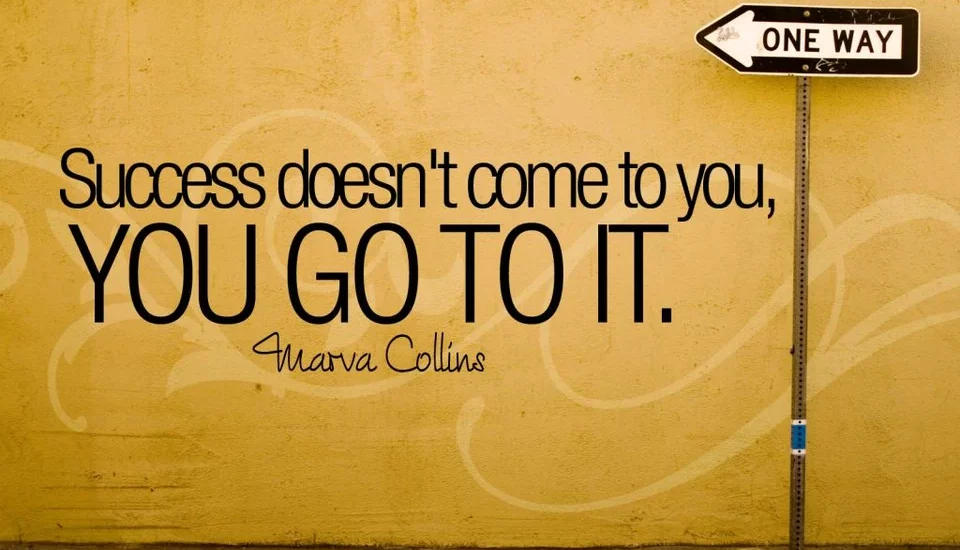building the sales pipeline
-
Bigger Sales Pipelines – The Dangerous Truth
- April 18, 2016
- Posted by: Dave Kurlan
- Category: Understanding the Sales Force

Last week I was invited to download the 2016 InsideSales.com Business Growth Index Report. I read through it today and while I wasn’t terribly surprised by anything, there were a few findings that are quite interesting, showing that some companies aren’t making very good decisions, and these decisions could be representative of your company too.
-
12 Proven Sales Hacks to Increase Sales
- June 25, 2015
- Posted by: Dave Kurlan
- Category: Understanding the Sales Force

It seems that these days, things are changing faster than we can recognize. Cosby is finally out of the news, but the Marathon Bomber is back in. The terrible winter weather is in our rear view mirror, but now we are dealing with droughts and tornadoes! And in our world, Sales 2.0, a term we haven’t heard in a while, is making the rounds again. In today’s article, we’ll talk about the sales improvements that readers are most interested in.
-
Top 3 Keys to Convert Phone Calls to Meetings
- April 6, 2015
- Posted by: Dave Kurlan
- Category: Understanding the Sales Force

I had just finished speaking in Bozeman, Montana and was sitting in a delicious little breakfast cafe (think cowboy truck stop). That’s when I was asked to explain how to maintain control of a cold call. Well, the environment screamed rodeo, my inner voice yelled riding and taming a bull, but my voice of reason began talking about the concept of flow, patience, listening and staying in the moment.
There are really only three primary things required to keep a call going long enough to get a disinterested prospect engaged:

